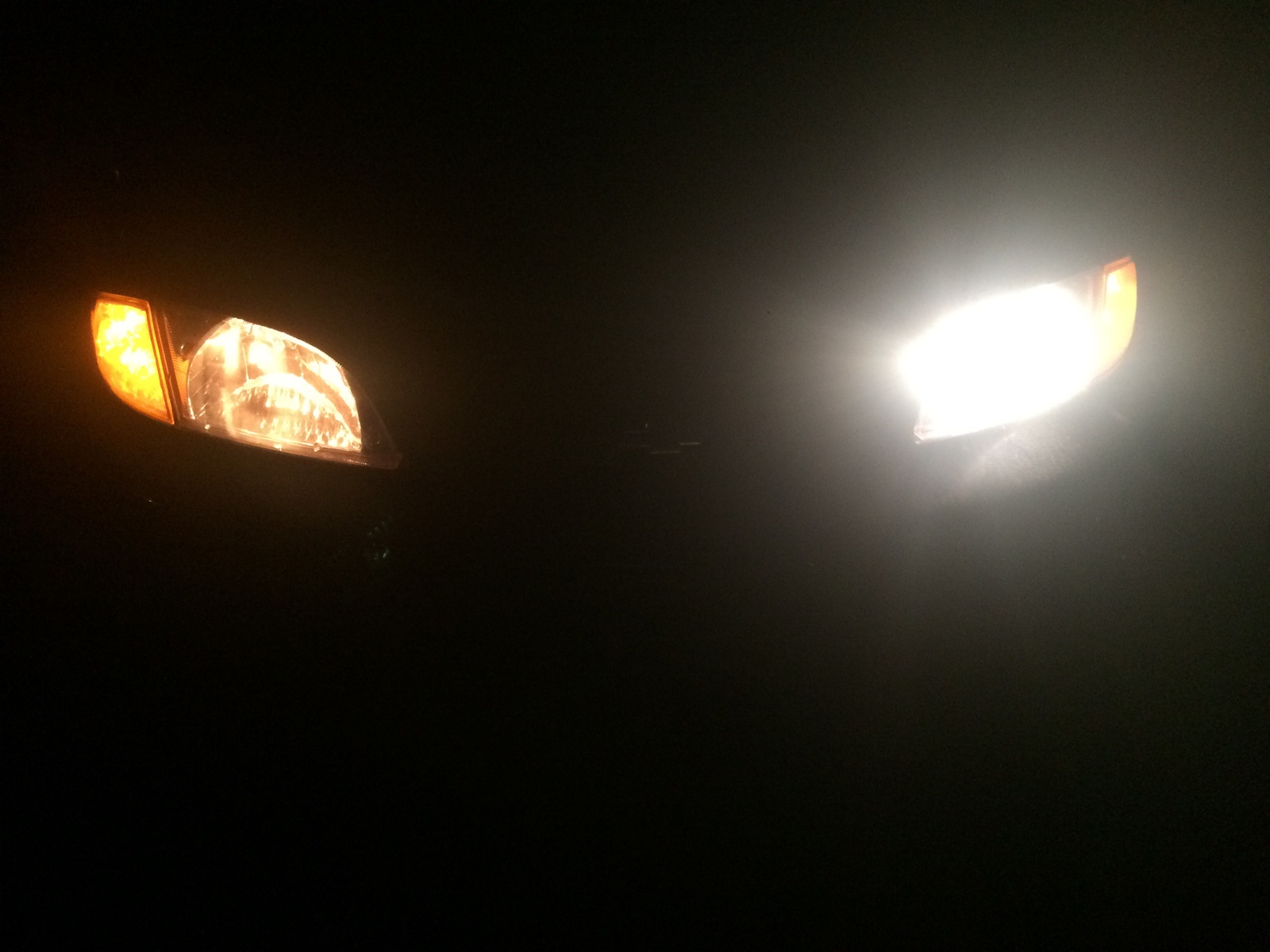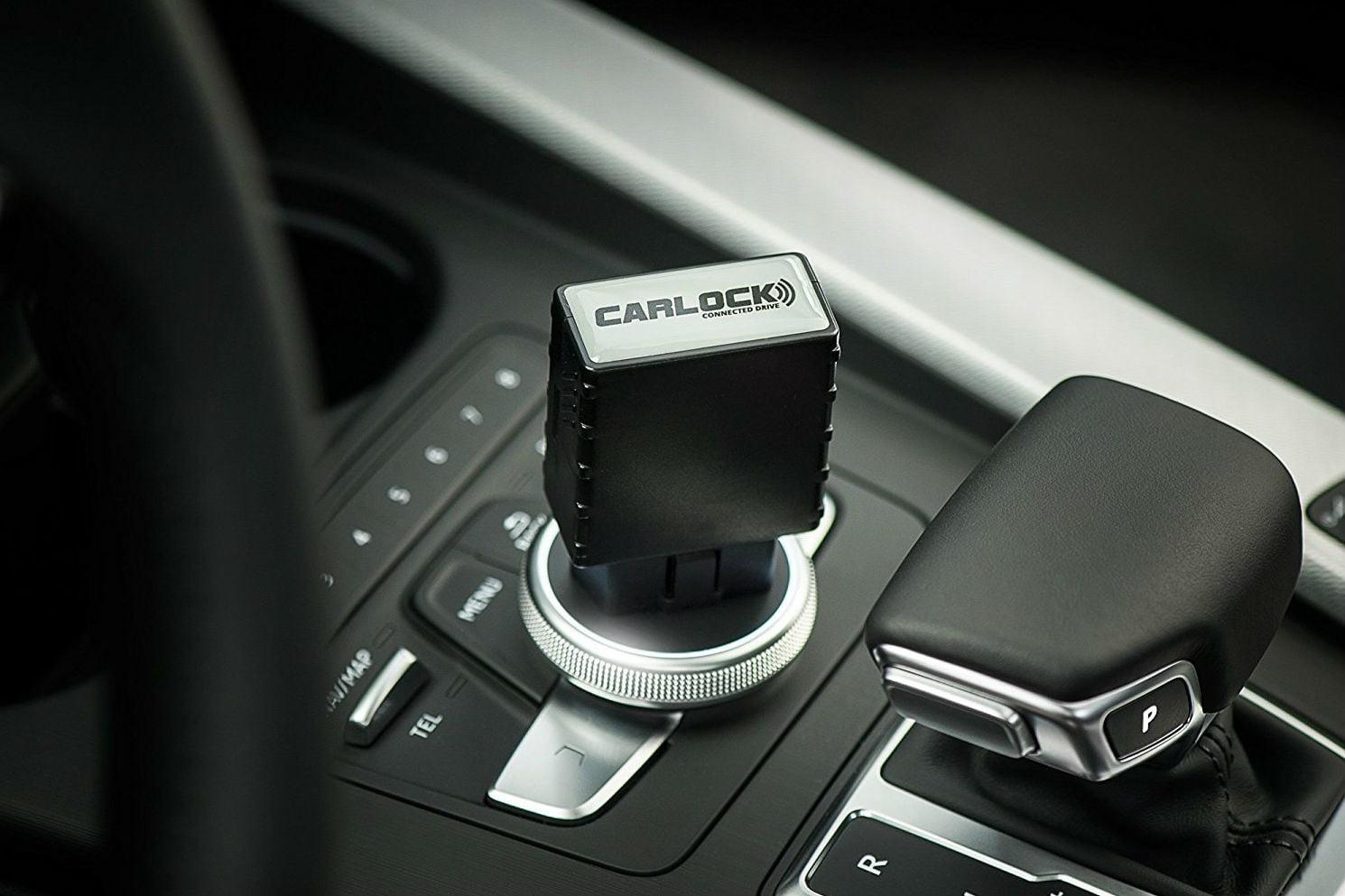6 Common Signs of a Weak Car Battery
You’re late for work, but just then you have difficulty starting your car. Or worse, your vehicle just refuses to start at all. If you’re experiencing a no-start or a hard-starting problem, especially on a cold winter morning, a weak or dead battery is likely the culprit. It is one of the basic car maintenance skills to know the signs of a weak battery, and how to test your car battery’s state of health to make sure you’ll not get stranded with a dead battery.
When is A Battery Weak?
Power to run the car is stored in the battery and is measured in voltage. A battery is fully charged when it holds 12.6 volts or above. When a battery goes down to 12.2 volts it is only 50% charged, and when it is below 12 volts the battery is “dead” and needs to be replaced. At 12.2 volts and below, a car battery is considered weak and should be charged to be restored to a full charge. Refer to the in-depth guides below to test the amount of voltage stored in your battery to check its state of health.
READ MORE
- How To Test A Car Battery With A Multimeter
- How To Test An Alternator: The Complete Guide
- How To Remove A Car Battery Safely
Signs of a Weak Car Battery
If you’re encountering these problems, chances are your car is having a failing battery or alternator. Some of these telltale signs can also be caused by other underlying issues elsewhere, so it’s important that you test your battery’s voltage with the appropriate tool after encountering these problems to check its condition.
Engine taking extra long to start or cranking slowly
The engine pulls amperage from the battery each time it starts. If a car’s battery is in perfect working condition, you shouldn’t have any problem starting the car, and the engine should start pretty quickly once you turn the key. Therefore, if the battery is weak, that is it does not have enough power to do its job properly, or if there’s any problem with it, the engine would usually take longer than usual to get fired up. One of the most common symptoms of a weak or dying battery is if you hear your engine cranking slowly.
It’s pretty common to experience a hard start or a no start problem on particularly cold mornings. Severe cold weather can freeze a battery, short out the plates and the battery will no longer charge, or diminish the battery’s ability to provide on-demand current to the starter motor. Lead acid batteries and Lithium Ion batteries are particularly weak to extreme cold weather.
While younger batteries under 3 years old have higher resistance to extreme cold, a battery loses its strength with old age. So if you live somewhere that frequently gets below freezing point in the winter and find your battery dead one morning, you’ll most likely need to replace it pretty soon. And you’ll want to get a new battery with a higher cold cranking amps rating to better withstand extreme cold weather.
Clicking sound when turning the key
Another scenario with a hard-starting problem is you don’t hear the engine crank at all, but a rapid clicking sound instead, this means the battery has too little available power to even crank the engine. When this happens, usually the battery is either almost or completely dead. And even if you try turning your key multiple times, the car would most likely refuse to start at all in this case.
Electrical accessories malfunction

If one day you notice that many electrical accessories or features don’t work properly or at all at the same time, it’s usually a red flag that the battery’s weak and cannot provide power to operate these accessories. This can include dim headlights, or the dashboard gradually dims while the car’s running, or a buzzing radio noise through the speakers (this is a signal that the alternator diodes are not in good shape and are leaking energy to the wrong places), and more.
Do note that if something doesn’t work but others still do, then the battery probably isn’t dead. For instance, if your door chime doesn’t work, but other electrical accessories like dash lights, headlights and radio do, the culprit is most likely a faulty door switch or fuse. Or if it’s only the headlights and radio that won’t turn on, the issue can be a blown main fuse or wiring issues.
Warning light on dashboard
Most modern vehicles have a dashboard warning light that illuminates when the battery is not being reloaded properly or when it has an internal problem. This light is typically shaped like a battery, or in some cases denoted “GEN” (for “generator”) or “ALT” (for “alternator”).
Of course, with most dashboard warning lights, this could also indicate issues with the alternator or another part of the electrical system. So look out for other symptoms on this list and run a battery test using a multimeter to check whether a weak or dead battery is indeed the problem. If you’re not a handyman who can perform DIY car maintenance in your garage, or if the battery is not the culprit, you might want to go to a repair shop and have your vehicle’s electrical system inspected by a certified mechanic.
Your battery is just “old”
Nothing lasts forever, including your car’s battery. Depending on how you drive and the climate of where you live, car batteries typically can last between three years to five years. Once your battery hits the three years mark, it is time to monitor it closely.
Just like how your car’s tire still deteriorates with age even when it’s stored away safely, your batteries also lose their strength with old age even without a lot of use and proper care. Therefore, when shopping for batteries, you should always buy a new one which was manufactured within the last 6 months.
To know how old your battery is, you can check the four- or five-digit date code on the cover of your battery case. What you need is just the first part of the code, which consists of a letter and a digit, for instance A20.
The letter is assigned to each month: A for January, B for February and so on. The number that follows denotes the year: for instance, 9 for 2009, 12 for 2012, 20 for 2020 and so on. So “A20” means the battery was shipped from the factory to local battery wholesale distributors in January 2020.
The car doesn’t start at all (Oops)
If you hear a long crank or maybe just a click, and after turning the ignition a few times, the engine still refuses to start, your battery has come to the end of its days and needs to be replaced. If the engine eventually starts, the problem is likely due to a faulty starter.
How To Test If A Weak Battery Is The Culprit
Power to run the car is stored in the battery and is measured in voltage, and the level of voltage in a battery is essentially its state of health. Therefore, to keep track of your battery’s health and know when it’s time for a new one, you will need a multimeter or a voltmeter, both of which measure the voltage stored in the battery at a certain time.
You should fully charge your car battery when it goes down to 12.2 volts or below, and when it is below 12 volts the battery is “dead” and needs to be replaced.
If your car is slow to start or doesn’t start at all, check your car battery and alternator as these are most likely the culprit. If it’s not the battery or the alternator, the two most likely reasons, the problem might lie with the car’s starter. Refer to these easy tricks to troubleshoot and deal with a bad starter.
READ MORE
What Happens if You Have a Weak Battery?
The battery is a critical component. To maximize its lifespan and functionality and to ensure a hassle-free driving experience, you need to make sure your car battery is properly charged. When you have a weak battery, the charging system (that is the alternator) and the starter motor will draw excessive voltage to compensate for the lack of battery power, thus they will be overworked and over time can malfunction.
Therefore, you need to inspect and test your batteries when there’s the first sign of trouble, get them charged or replaced in time. Otherwise, you could wind up replacing expensive electrical parts–typically without warning.














